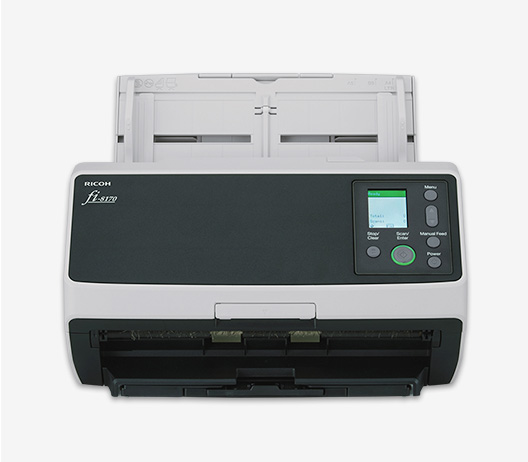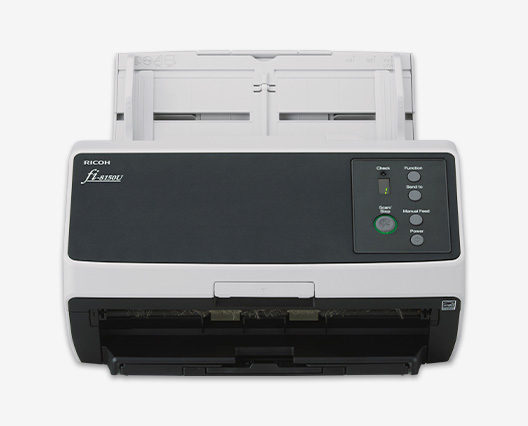
King County Housing Authority
While providing housing assistance to tens of thousands of households in Seattle for the last 75 years, King County Housing Authority (KCHA) was able to continue to improve its IT technologies with fi Series workgroup scanners.
Nine years ago, Gary Leaf joined KCHA as the Chief Information Officer (CIO) with a mandate to process cases faster and more efficiently. As only a small portion of the residents had access to the Internet--typically through only their cell phone device, not computer--filling out forms by hand and dropping them off to a local office, or sending them via snail mail, would be the norm well into the future. Paper reduction was not possible, but workflow efficiency was.
In the 19 management offices located throughout Washington County, paper was stacked on desks, filing cabinets and sometimes even on the floor. Retrieval, along with temporarily misplaced documents, wasted time. The process of sharing information between departments was too slow, and the growing mounds of paper were amplified by fax duplication. Security was also a concern as the forms often contained sensitive information such as social security numbers.
Unlike the private sector, the goal was not to reduce head count but to serve more people more efficiently. “We wanted to fundamentally change the way we did business,” said Leaf, “Our goal was to affect flow--backlogs were only a part of it.” Hiring deferral was also a benefit, but simultaneous access to information was the biggest gain—one division could talk to a property manager while another could communicate with the resident with access to the same key information.
“No more digging. No more faxing. Better service.”
In some organizations, the fi-7300NX networkable scanners can function as PC-less scan stations with Wi-Fi and ethernet capabilities—eliminating the PC and monitor altogether.
Making the right hardware and software choices proved to be both easier and harder than expected. During implementation, KCHA tried to setup stations using the more expensive MFPs that were already installed at each office, but this quickly proved unfeasible, realizing that fi Series scanners were the market standard for digitization purposes. “It was an ‘Ah Ha’ moment. The MFPs were great at printing and the image quality was fine, but it took too long to scan in duplex, deal with skews, correct jams, and feed thick documents. Scanners were the better solution for scanning. fi Series scanners just worked,” said Leaf.
The next step was improving IT efficiency and hardware costs. Expensive full desktop PCs were connected to an old system, and the terminal service logins were very slow. Luckily, the new software accelerated log in times--more work to be done faster--and required very little bandwidth in the outlying offices which had poor connectivity, avoiding costly LAN acceleration.
Employees who changed location often could now access their software from any terminal without IT moving equipment or changing profiles. The county itself is huge at 21,000 square miles with the northern most office taking three hours to reach. The new software delivery system saved on travel times.
Overall, the ECM was a great success with 2.5 million documents securely in the system. Using fi Series hardware and software, KCHA captured the entire back log of documents quickly, leaving a yearly intake of over 400,000 new forms. In the largest single department, scan stations with an fi Series workgroup scanner, PC and monitor are placed in strategic areas around the offices along with heavy users having a scanner at their personal desk.
In addition to installing more stations for 230 knowledge workers, the IT department planned to expand to address other areas of the organization, including Human Resources, Asset Management, and Resident Services. “We are not finished with improvements,” said Gary Leaf, “fi Series scanners and our software partners have helped us achieve many of our goals. Our workflows are significantly better and will be better yet in the years to come.”




